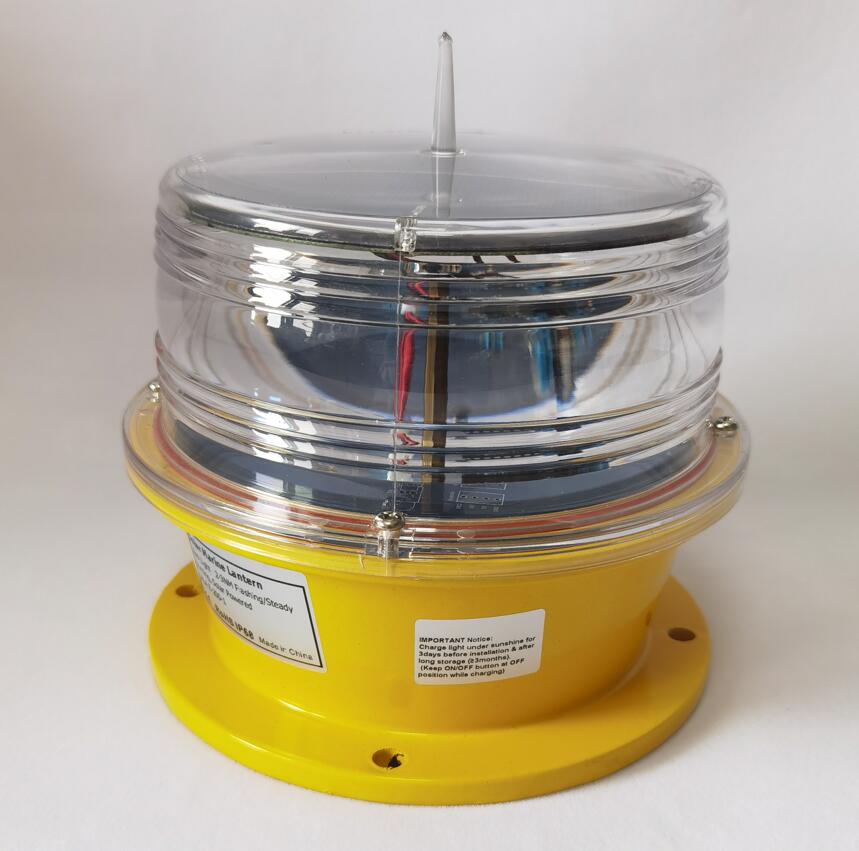Solar Obstruction Light: A Sustainable Solution for Aviation Safety
As the world shifts toward renewable energy, solar obstruction light systems have emerged as an eco-friendly and cost-effective solution for marking tall structures that pose risks to aviation. These lights ensure that towers, wind turbines, and other high-rise obstacles remain visible to pilots, reducing collision risks, especially in remote or off-grid locations.
This article explores the significance of solar obstruction light technology, its advantages, regulatory requirements, and future advancements in the field.
Why Solar Obstruction Lights Are Essential
Obstruction lighting is mandated by aviation authorities worldwide to prevent accidents involving low-flying aircraft. Traditional lighting systems rely on grid power, which can be unreliable in remote areas. Solar obstruction light systems solve this problem by harnessing solar energy, making them ideal for:
Telecommunication towers in rural regions
Wind farms with limited electrical infrastructure

Offshore structures such as oil rigs and lighthouses
Urban skyscrapers seeking sustainable solutions
By using solar power, these lights reduce carbon footprints while maintaining high reliability.
| solar obstruction light |
How Solar Obstruction Lights Work
A typical solar obstruction light system consists of:
Solar Panels – Capture sunlight and convert it into electrical energy.
Battery Storage – Stores energy to ensure continuous operation at night or during cloudy weather.
LED Lighting Module – Provides high-intensity, low-power illumination.
Control System – Regulates charging, discharging, and light activation.
| solar obstruction lights |
Most systems include photocell sensors that automatically turn lights on at dusk and off at dawn, optimizing energy use.
Types of Solar Obstruction Lights
Different structures require different lighting solutions. The main types include:
1. Low-Intensity Solar Obstruction Lights (L-810)
Used for structures under 200 feet (61 meters).
Typically red LED lights with steady or flashing modes.
2. Medium-Intensity Solar Obstruction Lights (L-864)
Suitable for structures between 200-500 feet (61-152 meters).
Often white strobe lights for daytime visibility.
3. High-Intensity Solar Obstruction Lights (L-856)
Required for structures exceeding 500 feet (152 meters).
Powerful white strobes visible from long distances.
Regulatory Compliance
Aviation authorities enforce strict guidelines for obstruction lighting. Key standards include:
FAA (USA): AC 70/7460-1K outlines requirements for solar-powered obstruction lights.
ICAO (International): Annex 14 specifies lighting standards for global consistency.
EASA (Europe): CS-ADR-DSN mandates lighting for tall structures.
Manufacturers must ensure their solar obstruction light systems meet these regulations to be certified for use.
Advantages Over Traditional Lighting
Compared to grid-powered systems, solar obstruction light offers several benefits:
✔ Energy Independence – No reliance on external power sources.
✔ Lower Maintenance – Fewer wiring issues and longer-lasting LEDs.
✔ Eco-Friendly – Reduces carbon emissions.
✔ Easy Installation – No need for extensive electrical infrastructure.
✔ Cost-Effective – Eliminates electricity bills over time.
Challenges and Solutions
Despite their advantages, solar obstruction light systems face some challenges:
1. Weather Dependence
Solution: High-capacity batteries and efficient solar panels ensure operation even in low sunlight.
2. Durability in Harsh Environments
Solution: Corrosion-resistant materials and rugged designs for extreme climates.
3. Regulatory Updates
Solution: Manufacturers must stay updated with changing aviation lighting standards.
Future Innovations
The future of solar obstruction light technology includes:
🔹 Smart Monitoring Systems – Remote diagnostics via IoT for real-time performance tracking.
🔹 Hybrid Power Options – Combining solar with wind or kinetic energy for backup.
🔹 Adaptive Brightness – AI-driven adjustments based on weather and visibility.
🔹 Longer-Lasting Batteries – Advances in lithium and solid-state battery tech.
Solar obstruction light systems represent a sustainable and efficient way to enhance aviation safety while reducing environmental impact. With advancements in solar technology, battery storage, and smart monitoring, these systems are becoming more reliable and versatile.
As regulations evolve and renewable energy adoption grows, solar obstruction light will play an increasingly vital role in safeguarding air traffic worldwide. By investing in these solutions, industries can ensure compliance, reduce operational costs, and contribute to a greener future.
